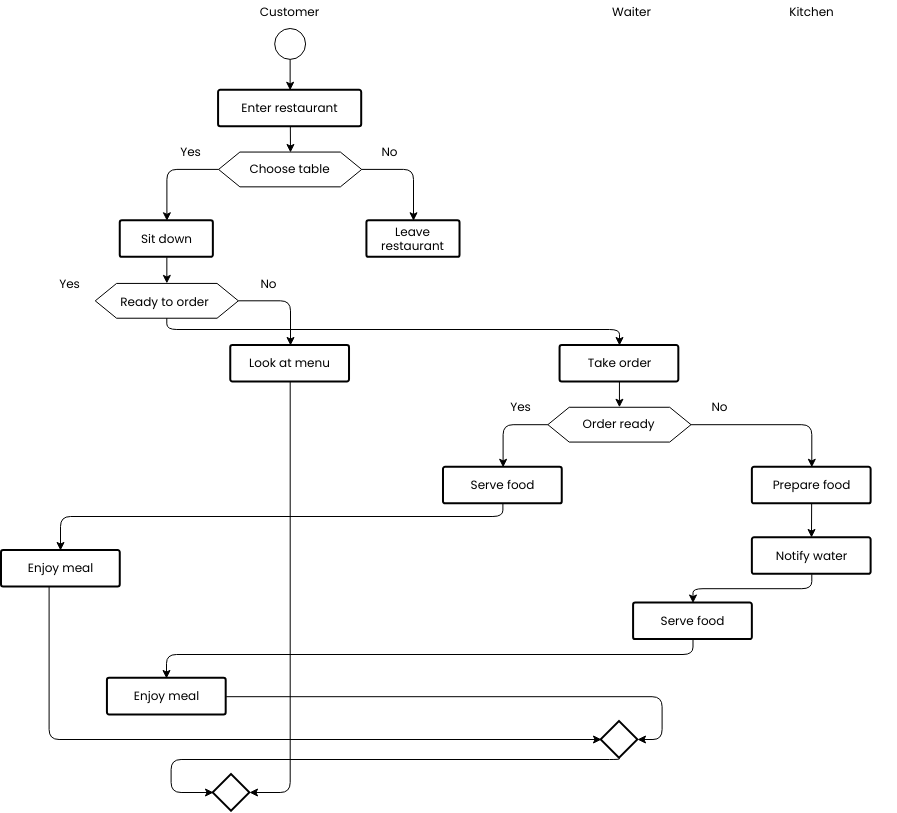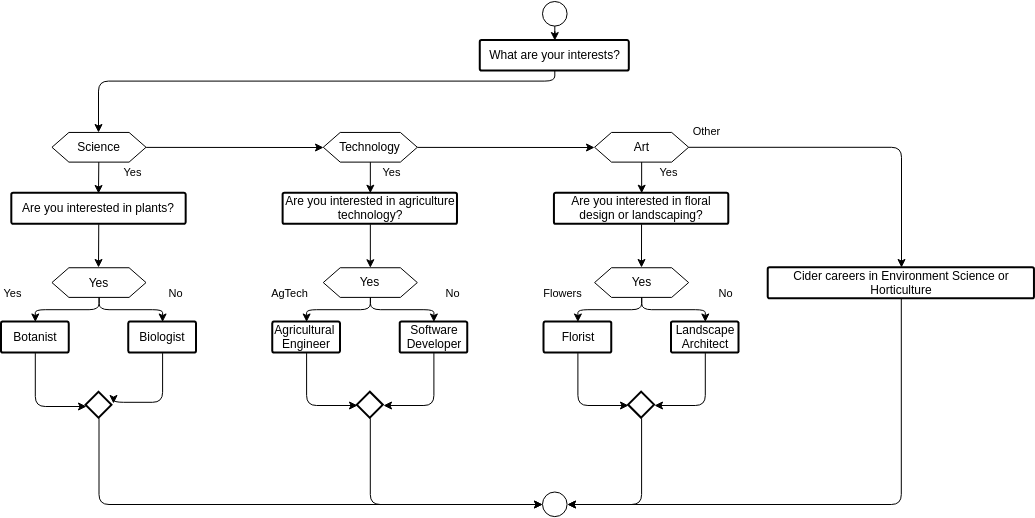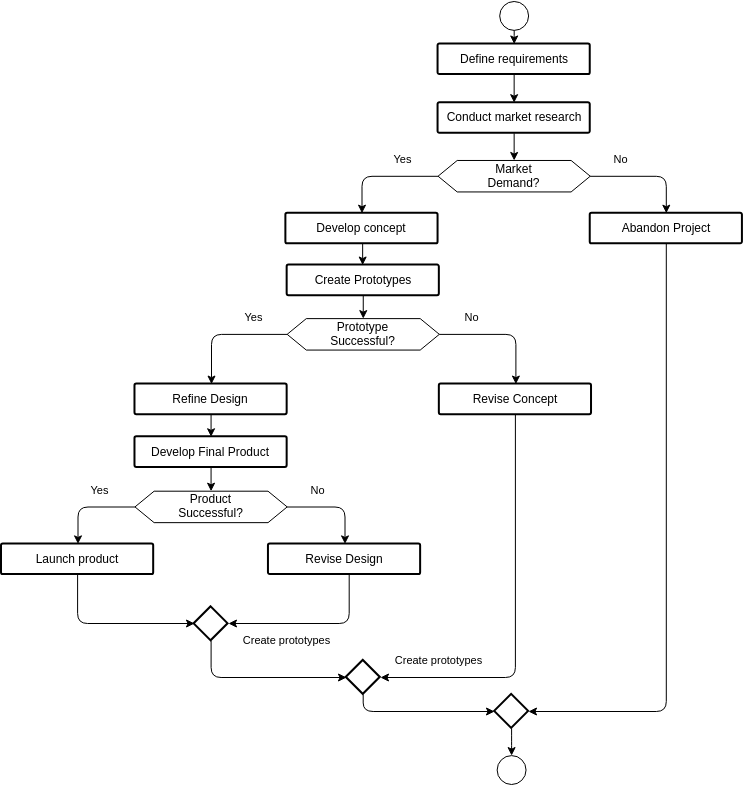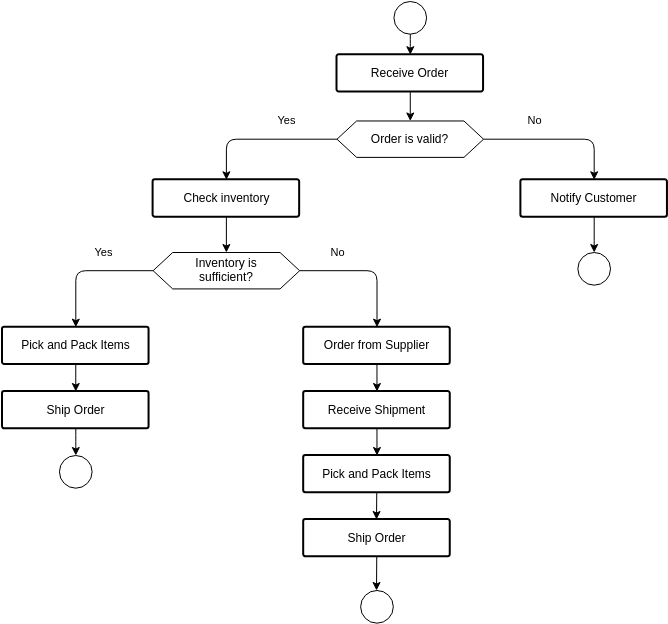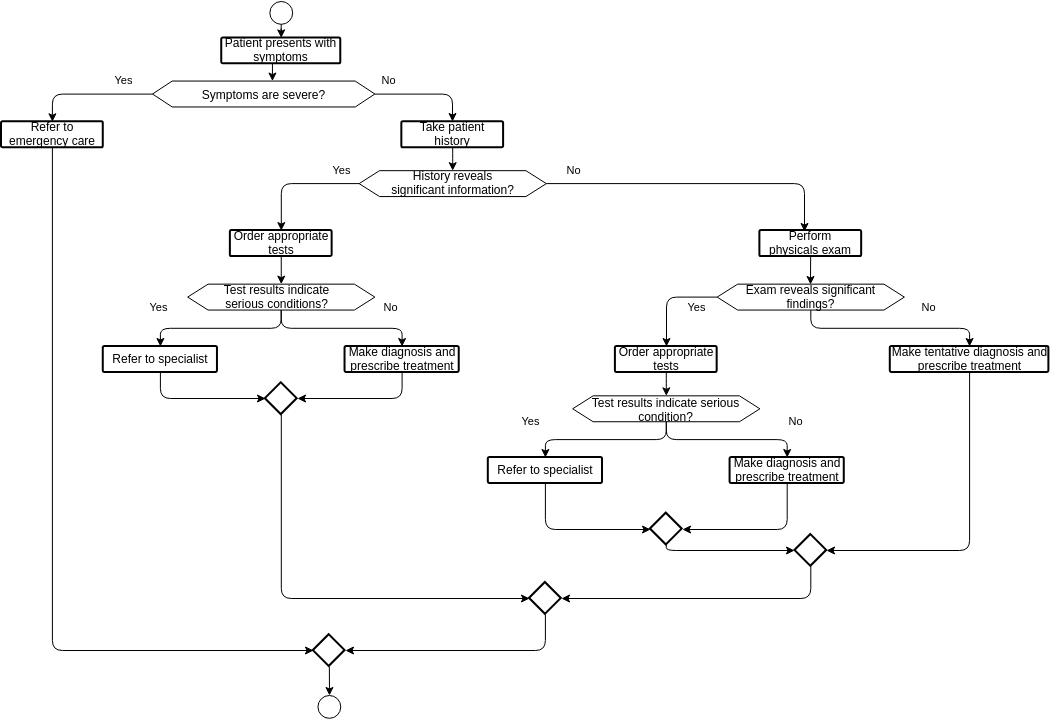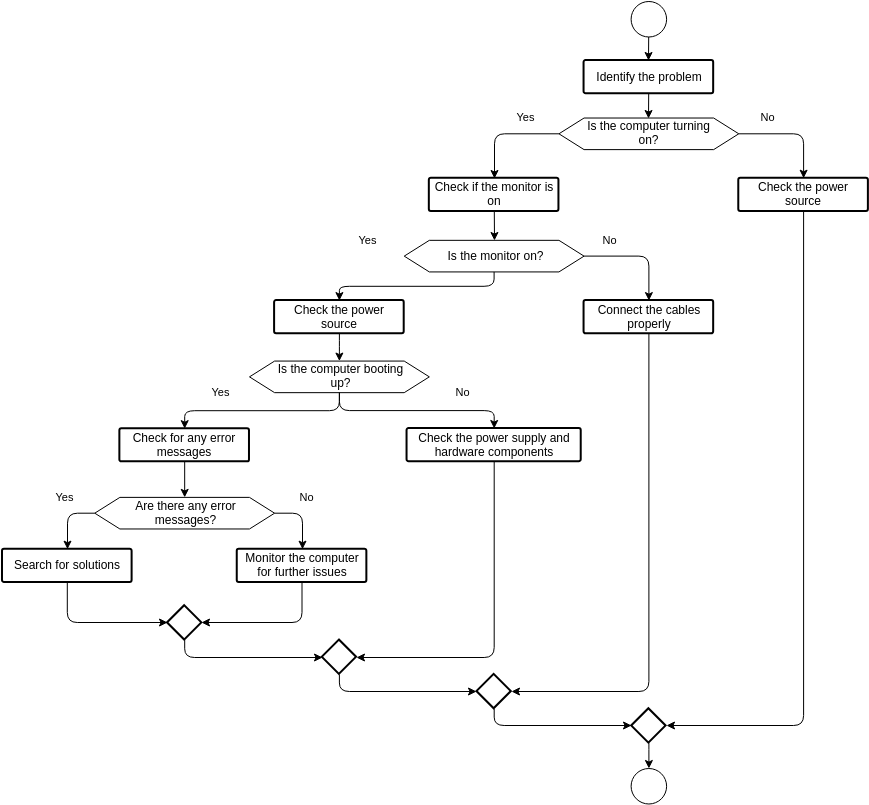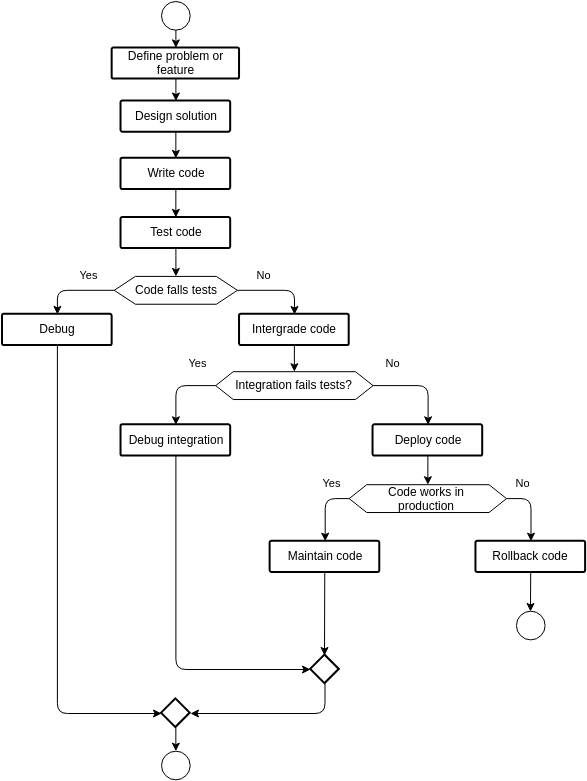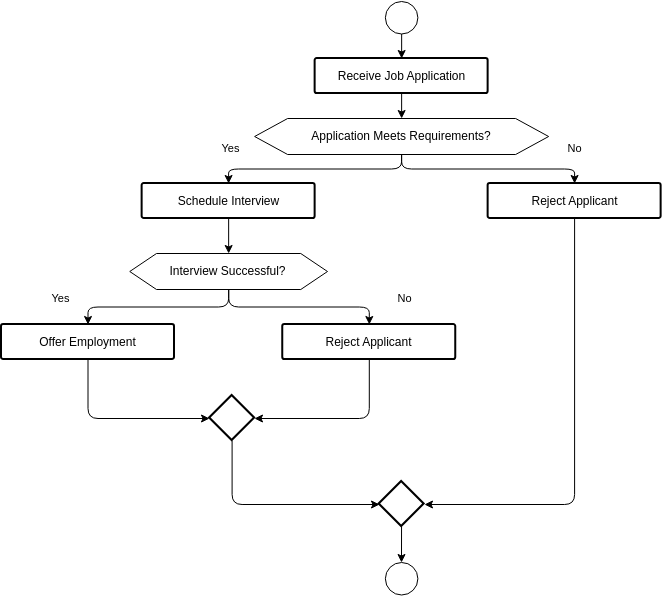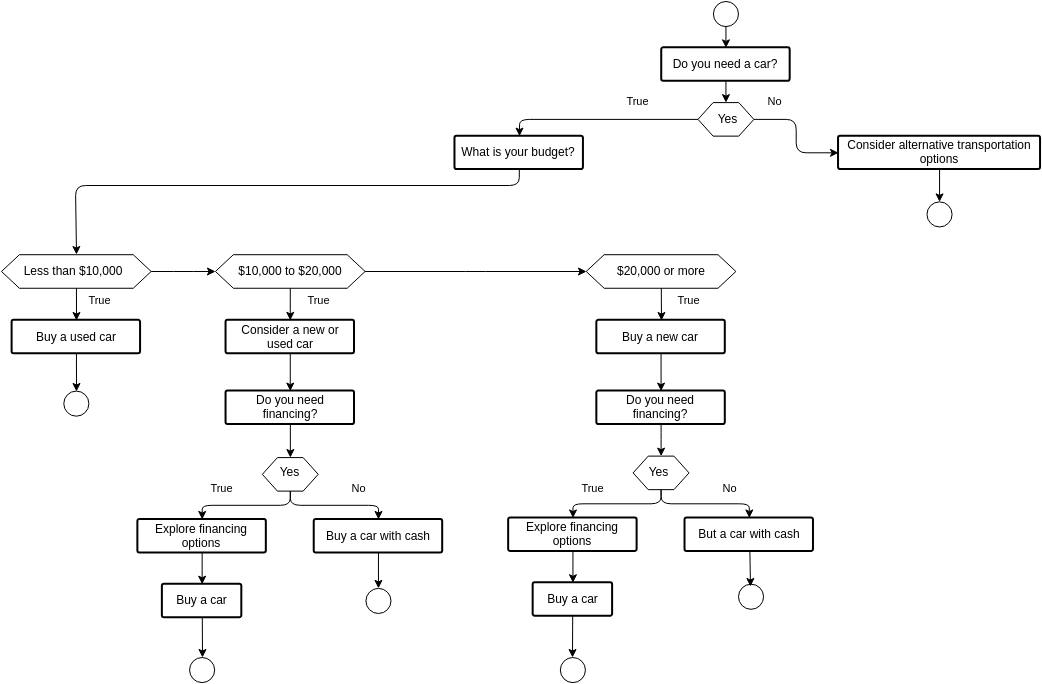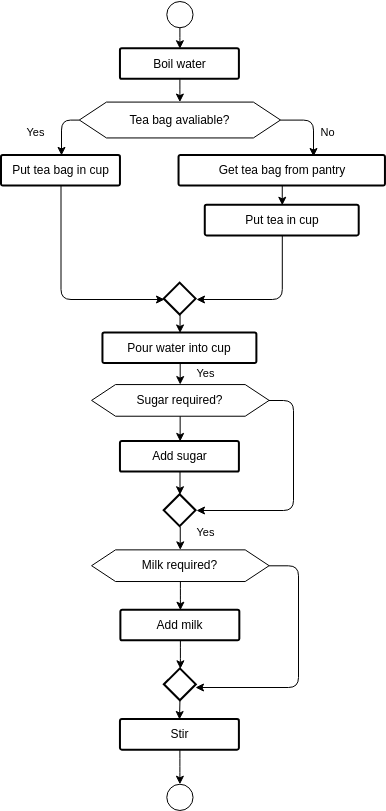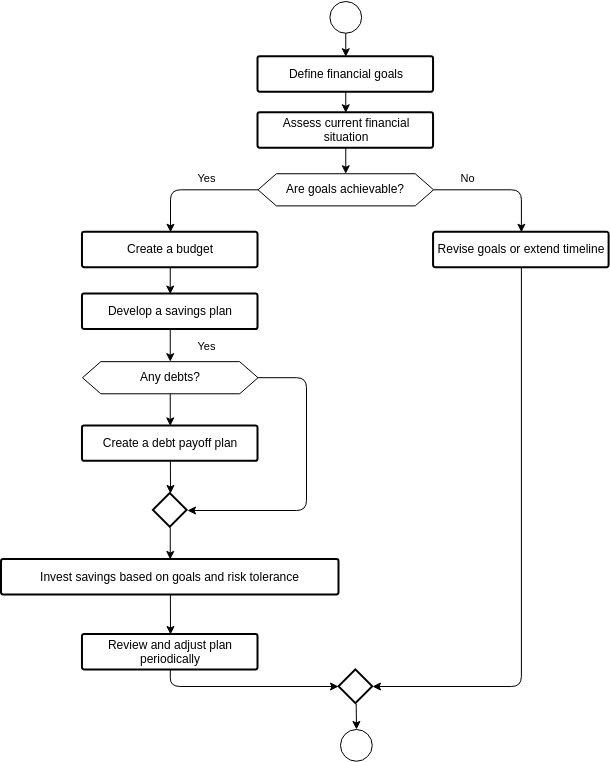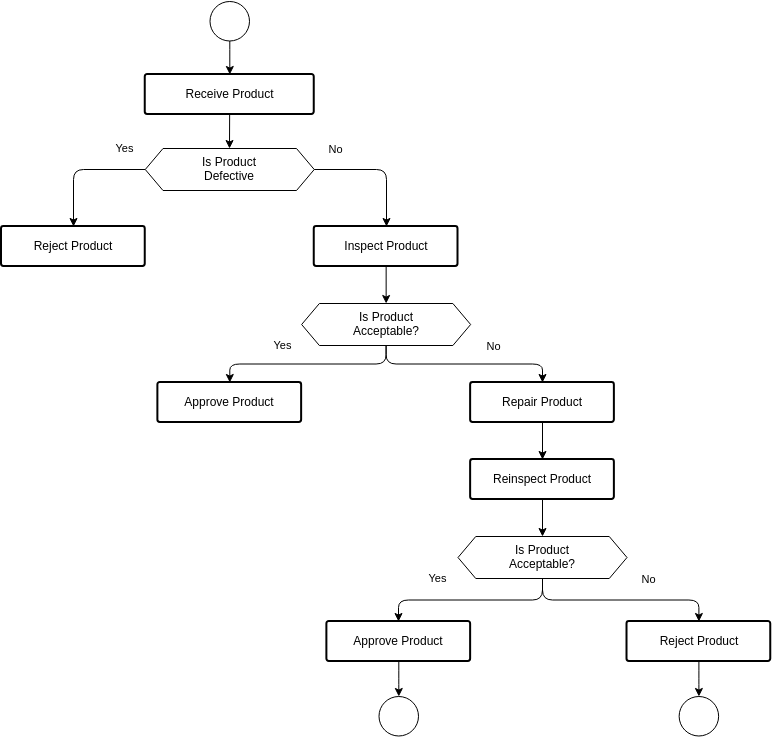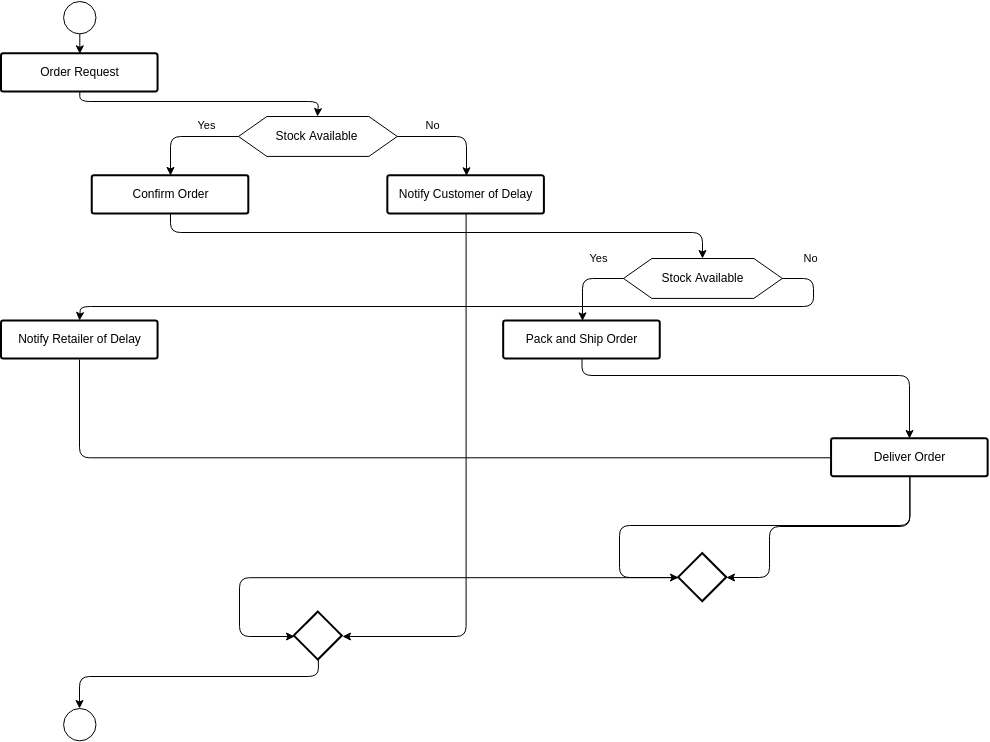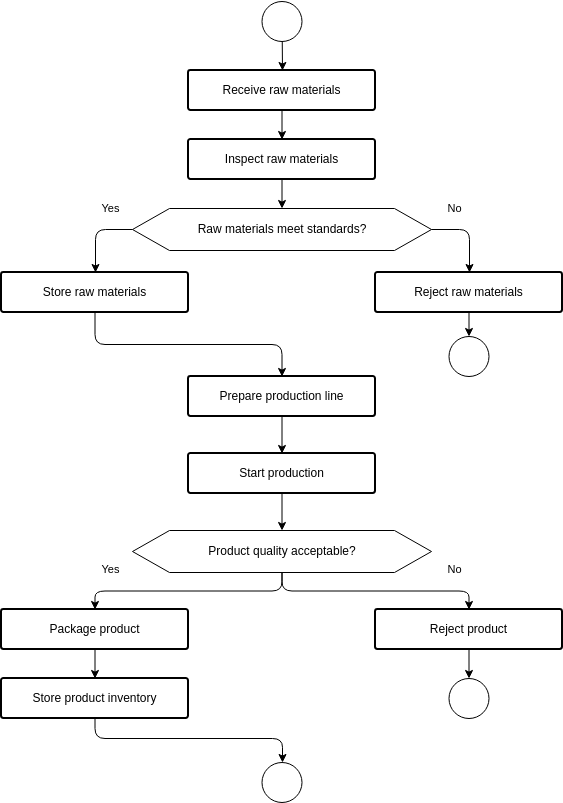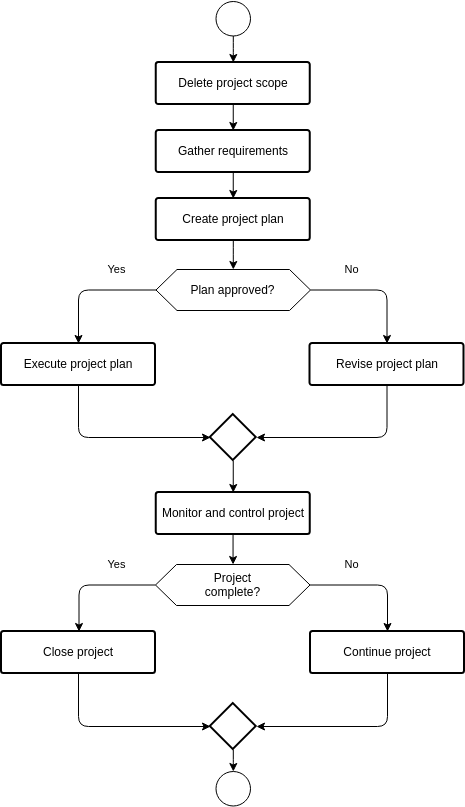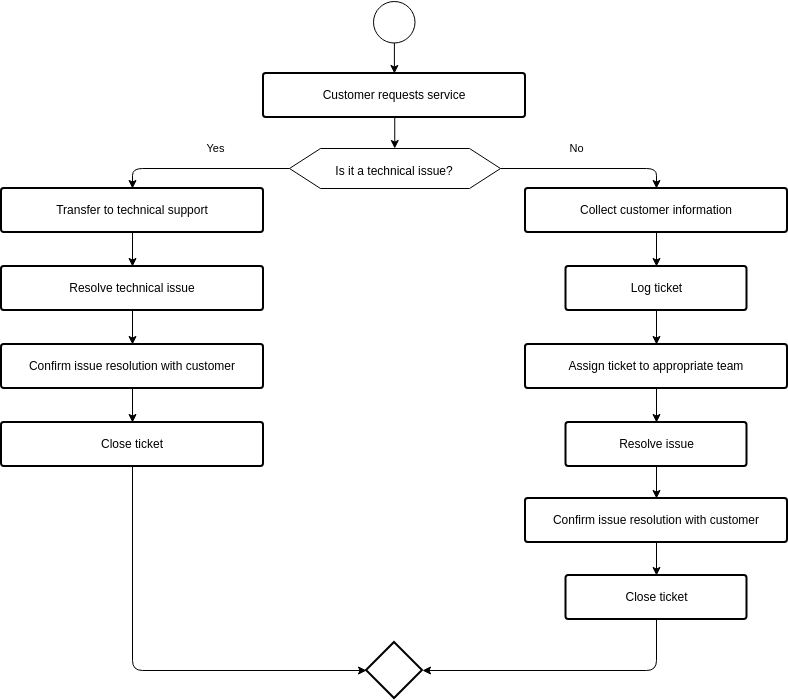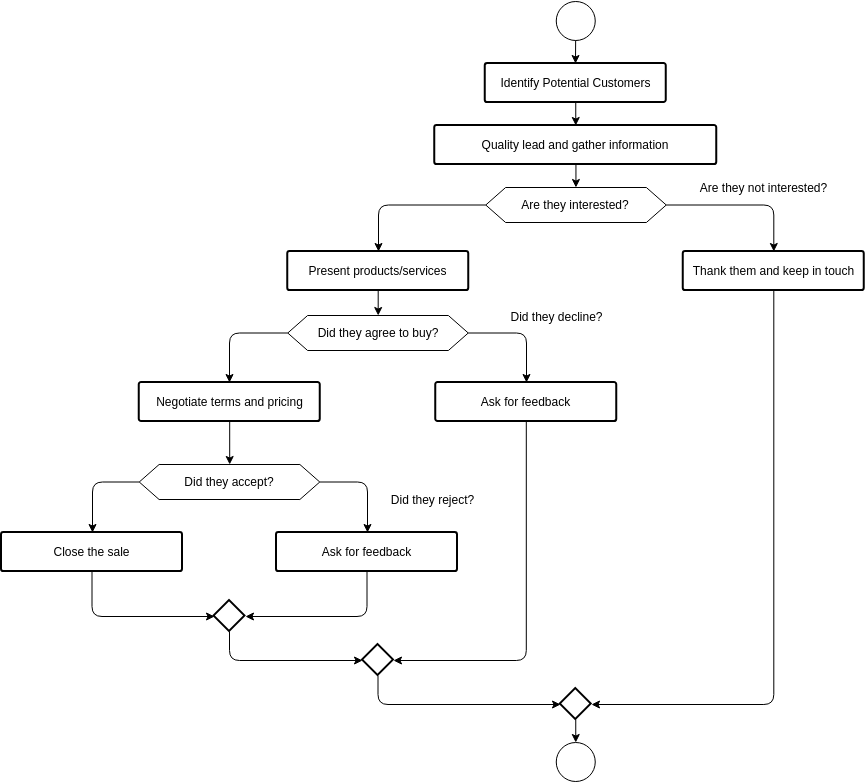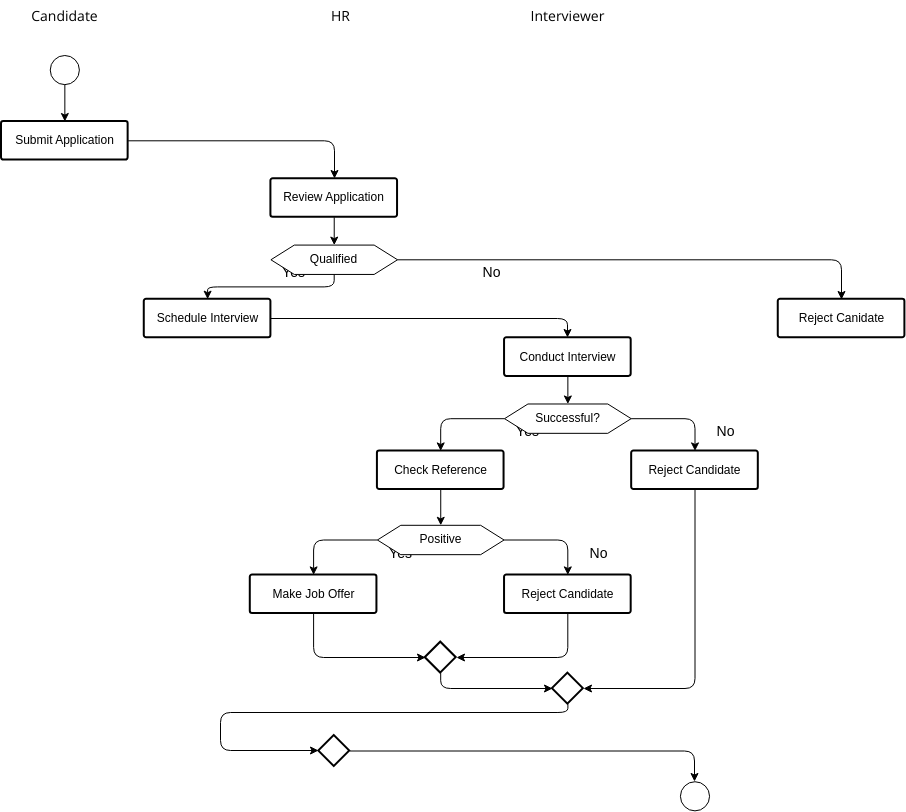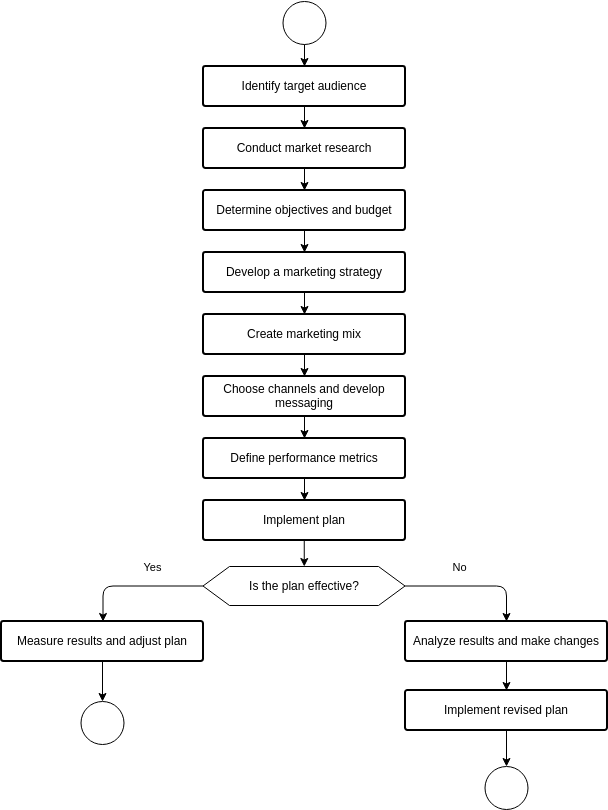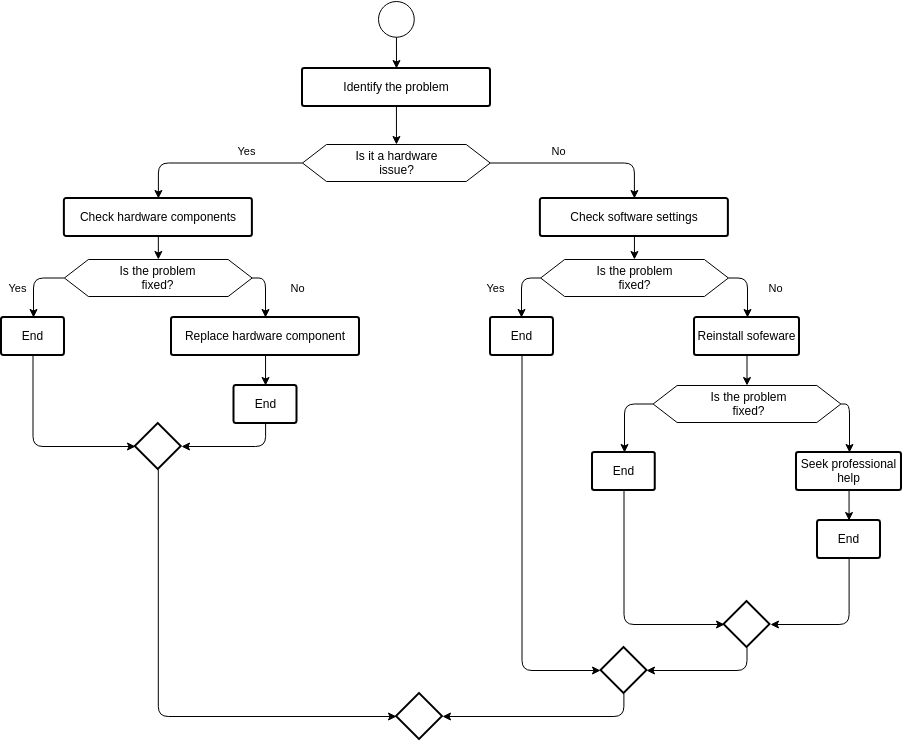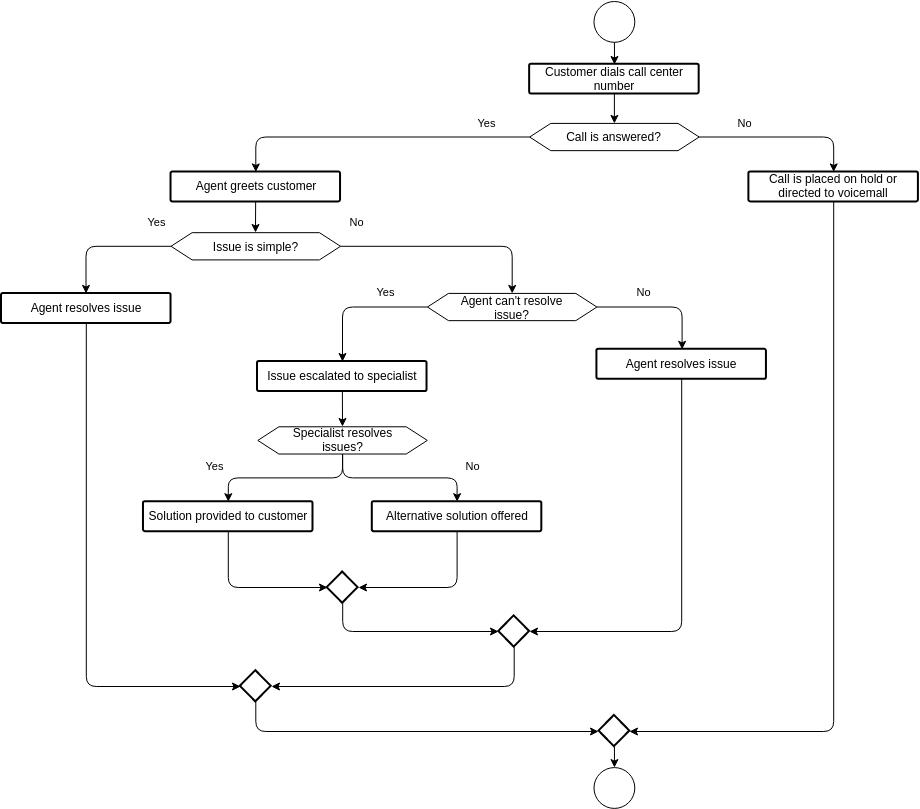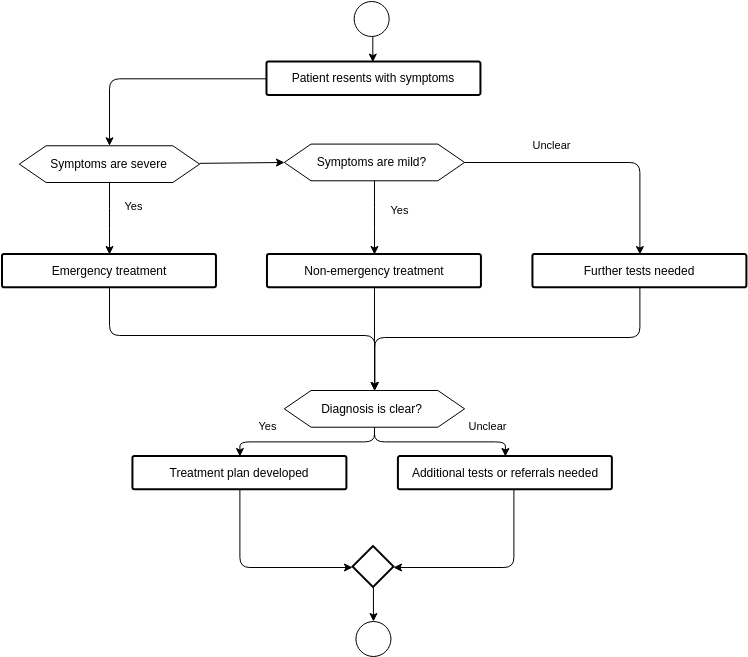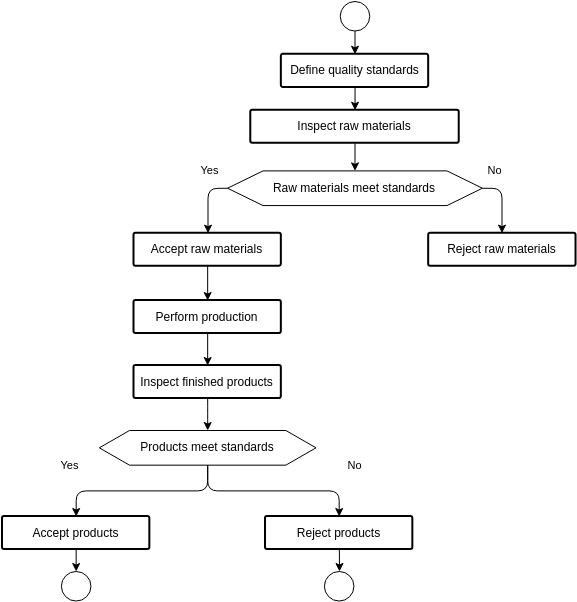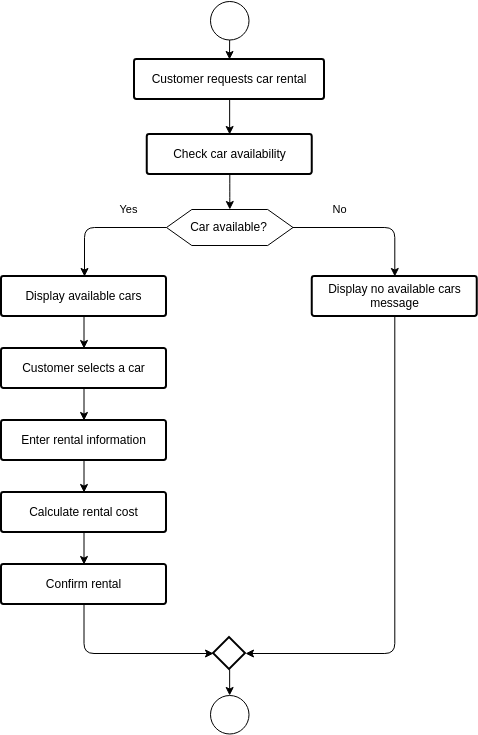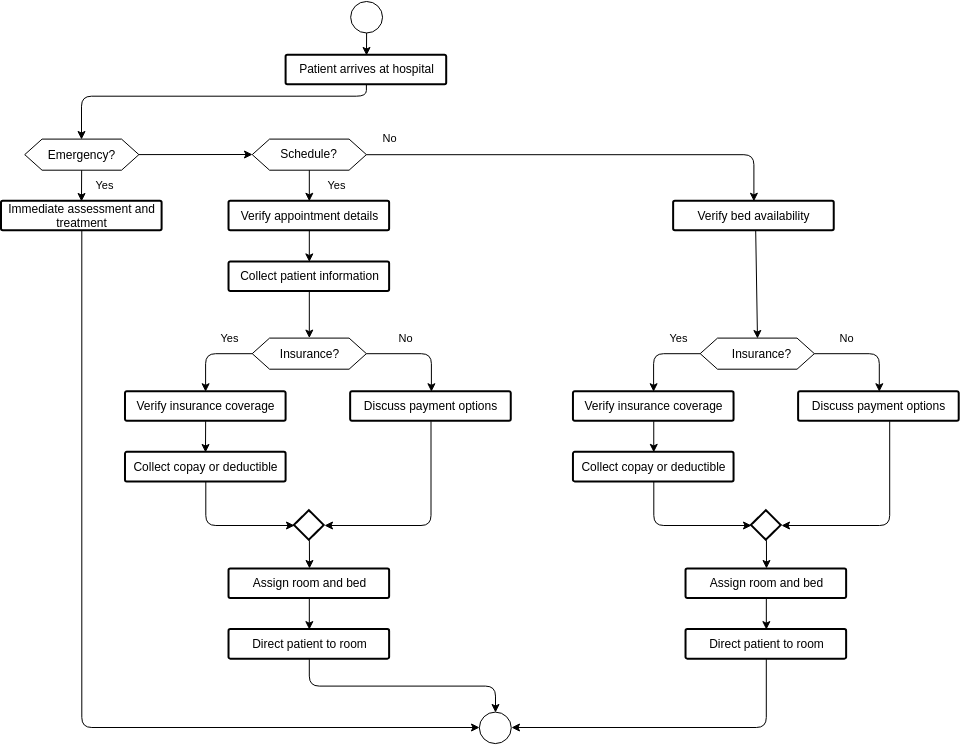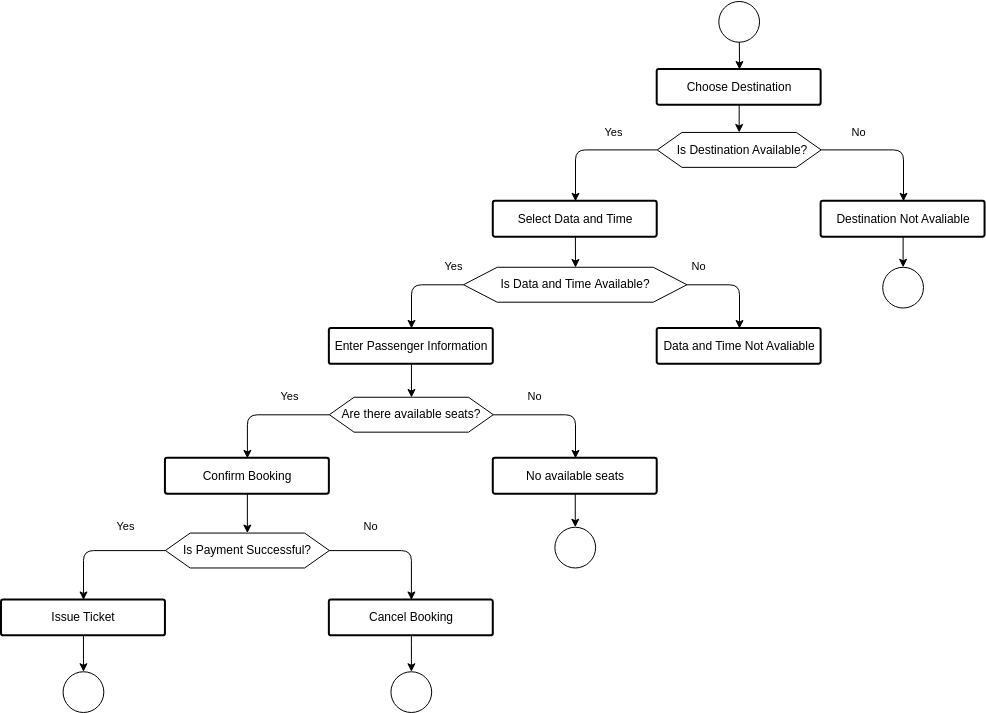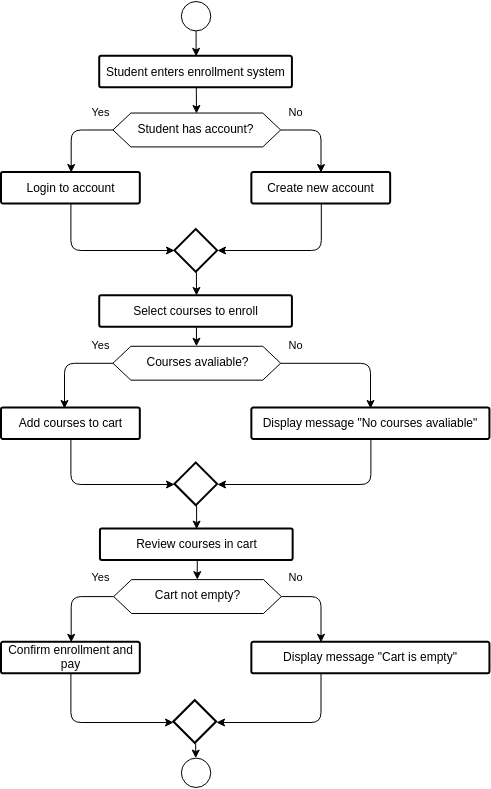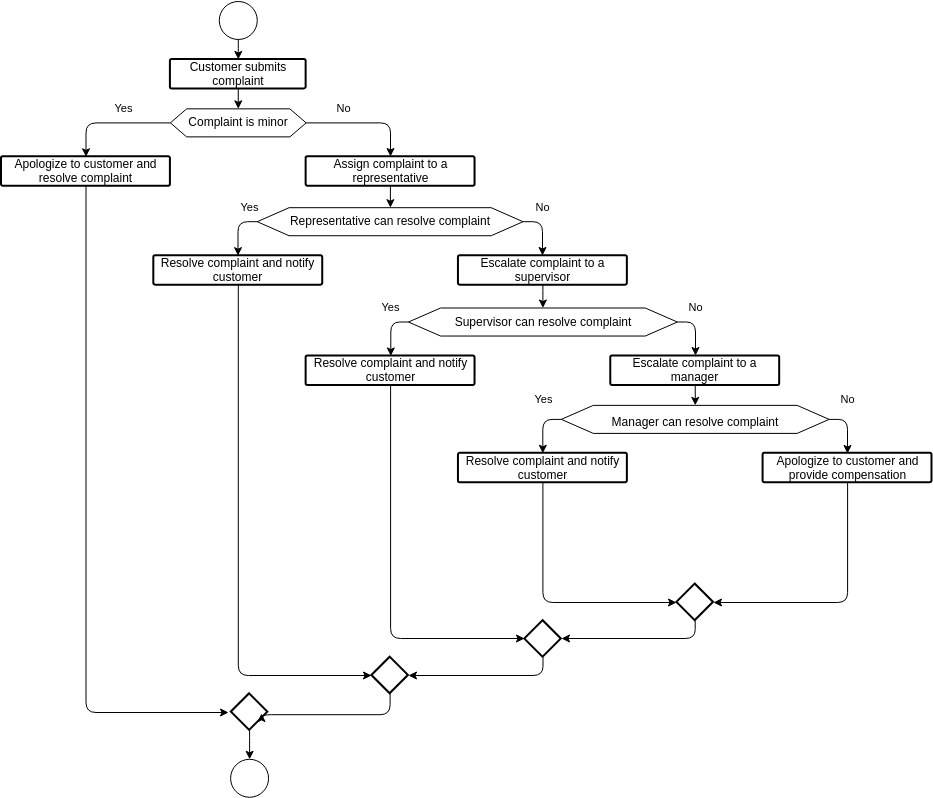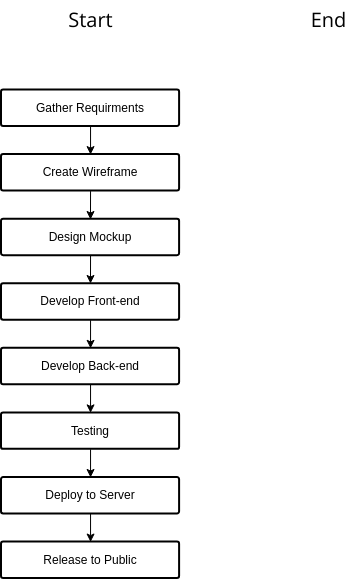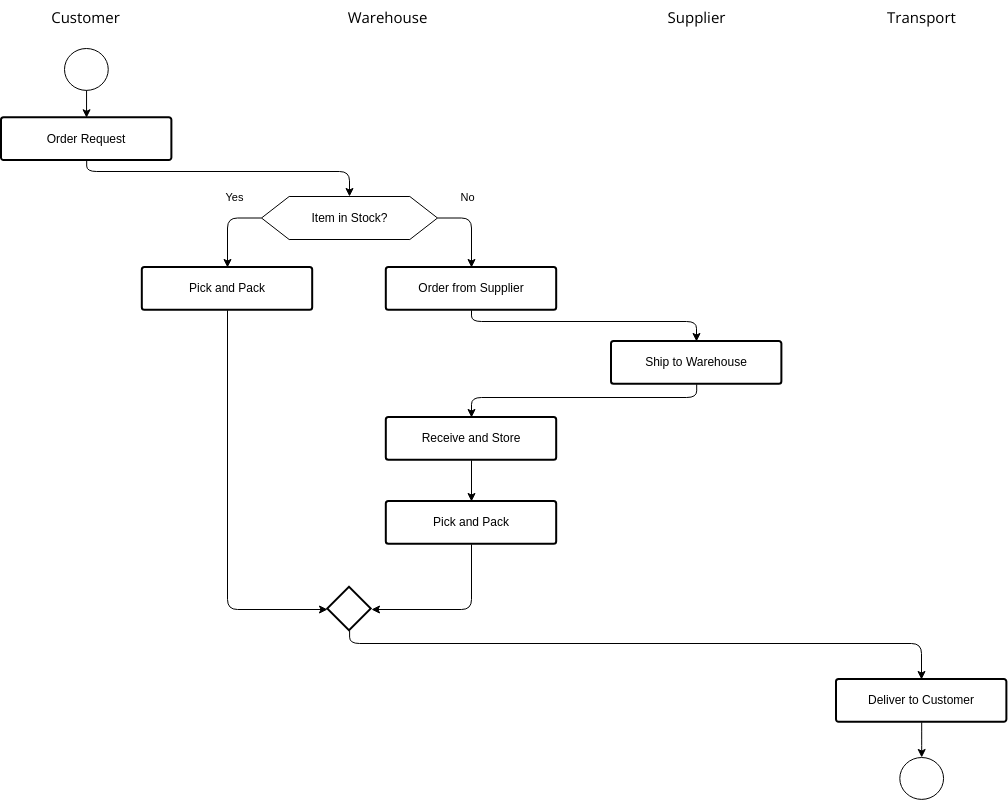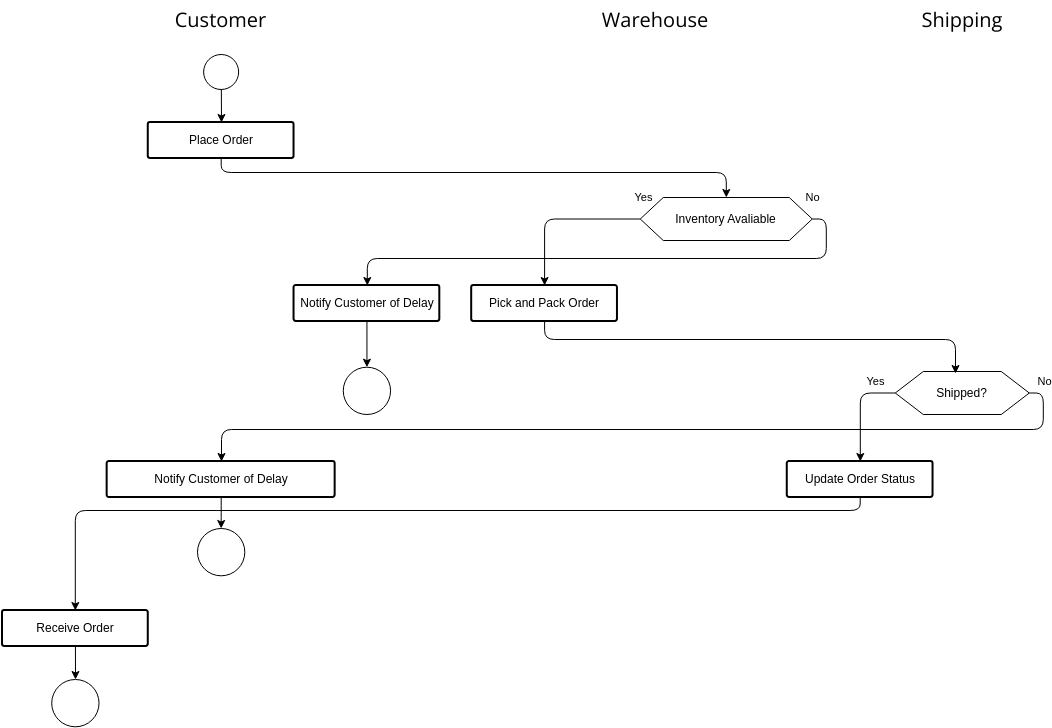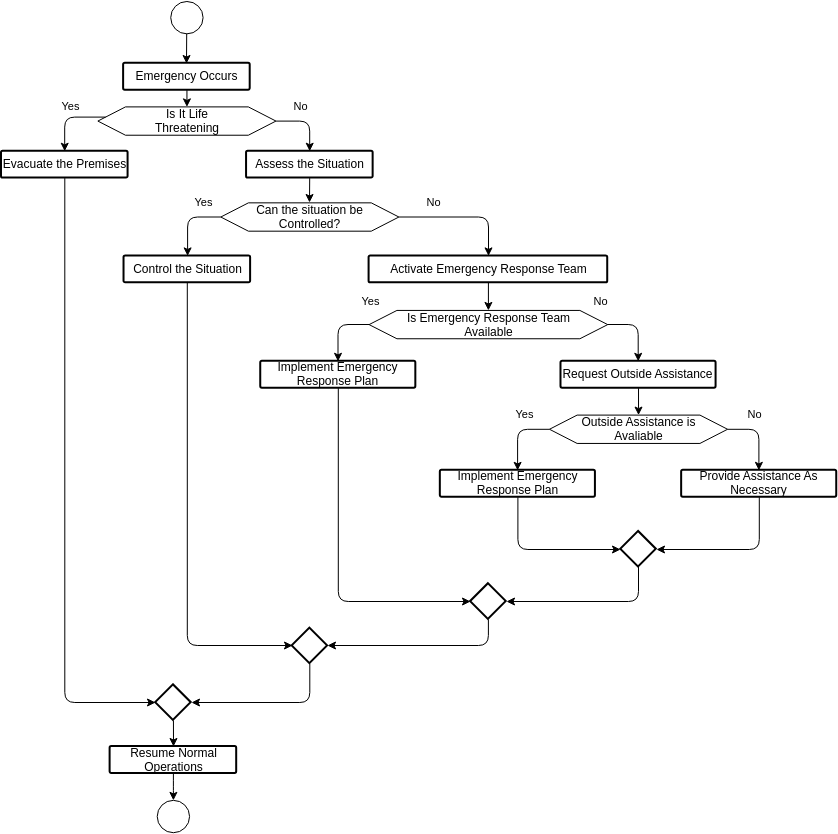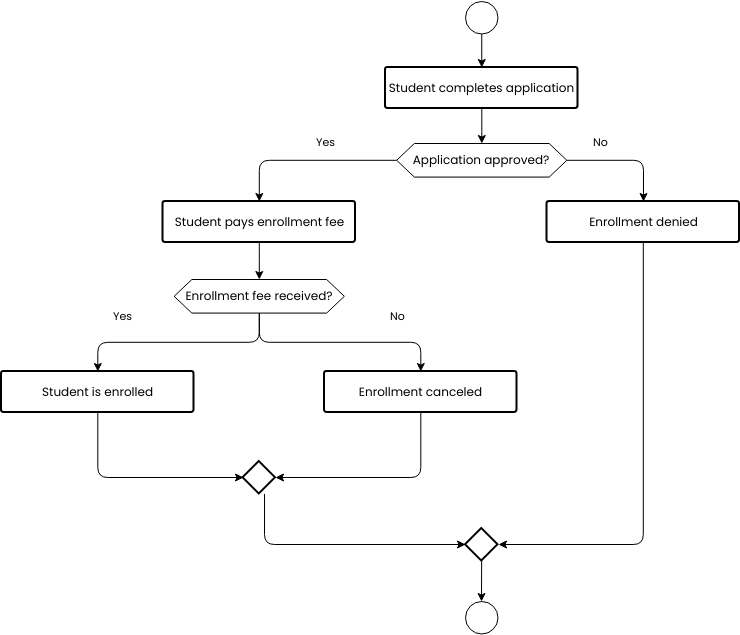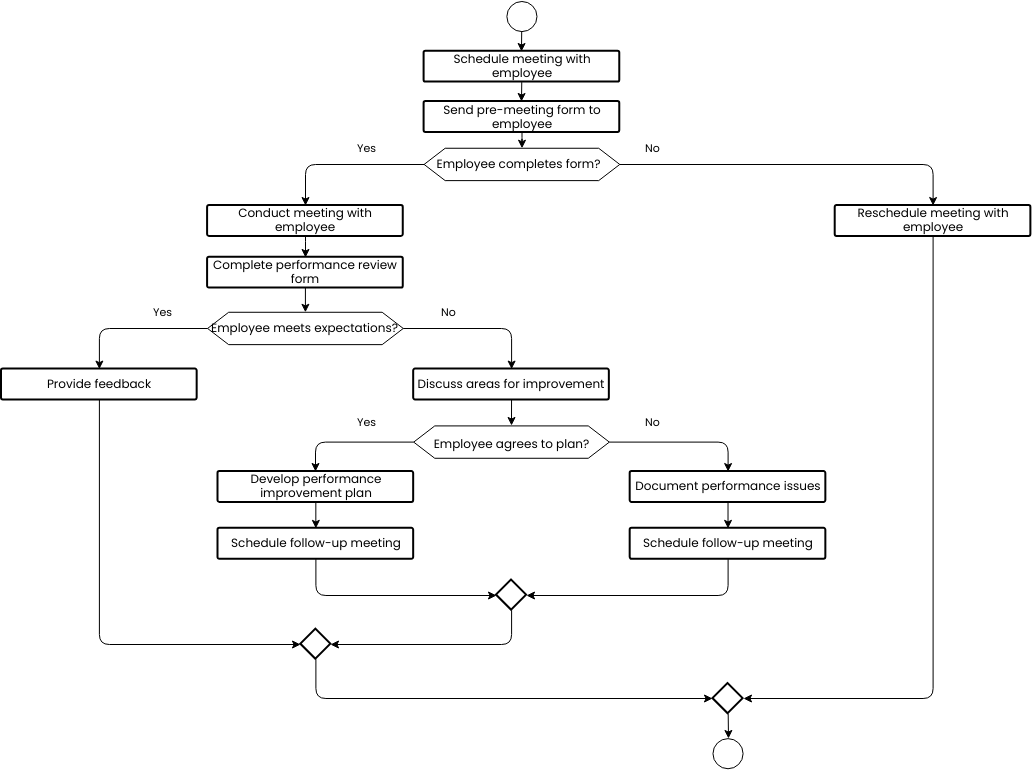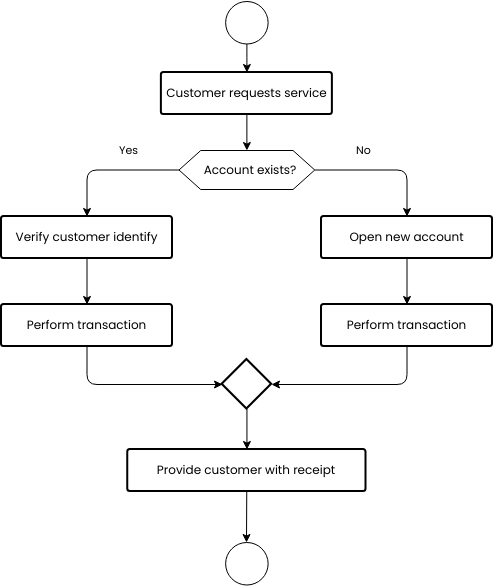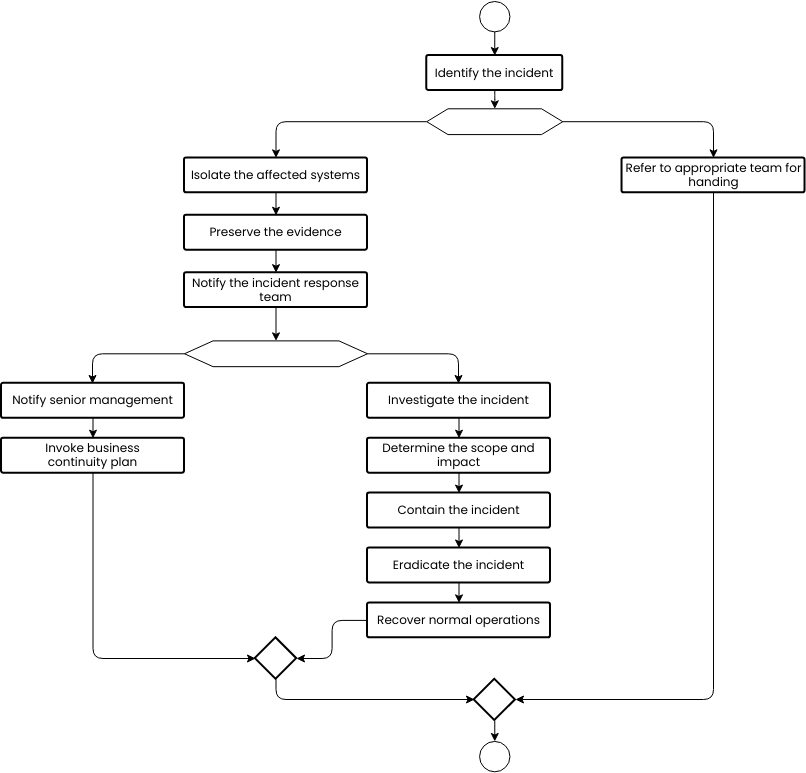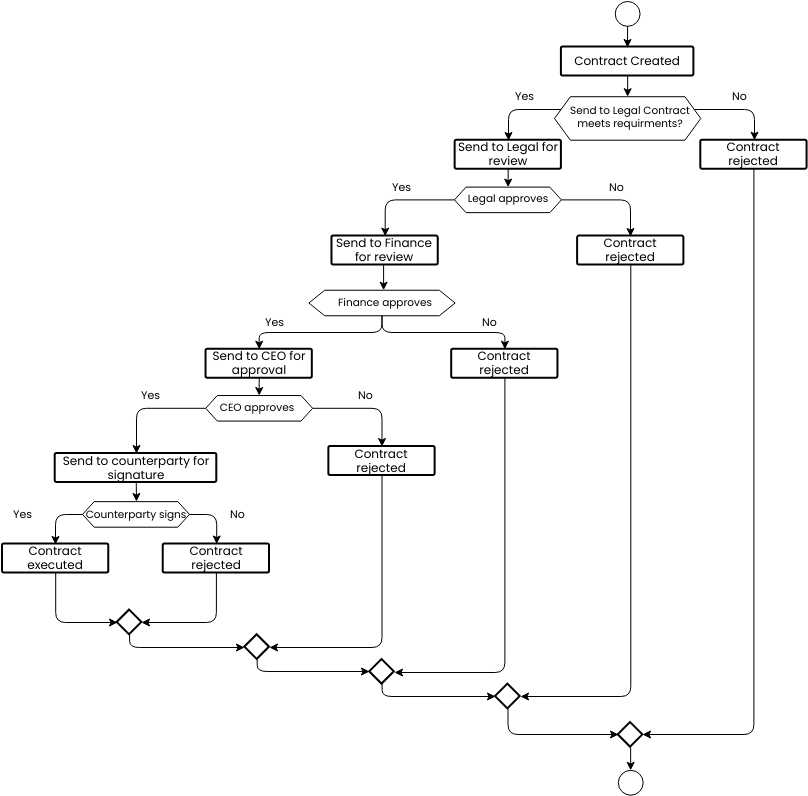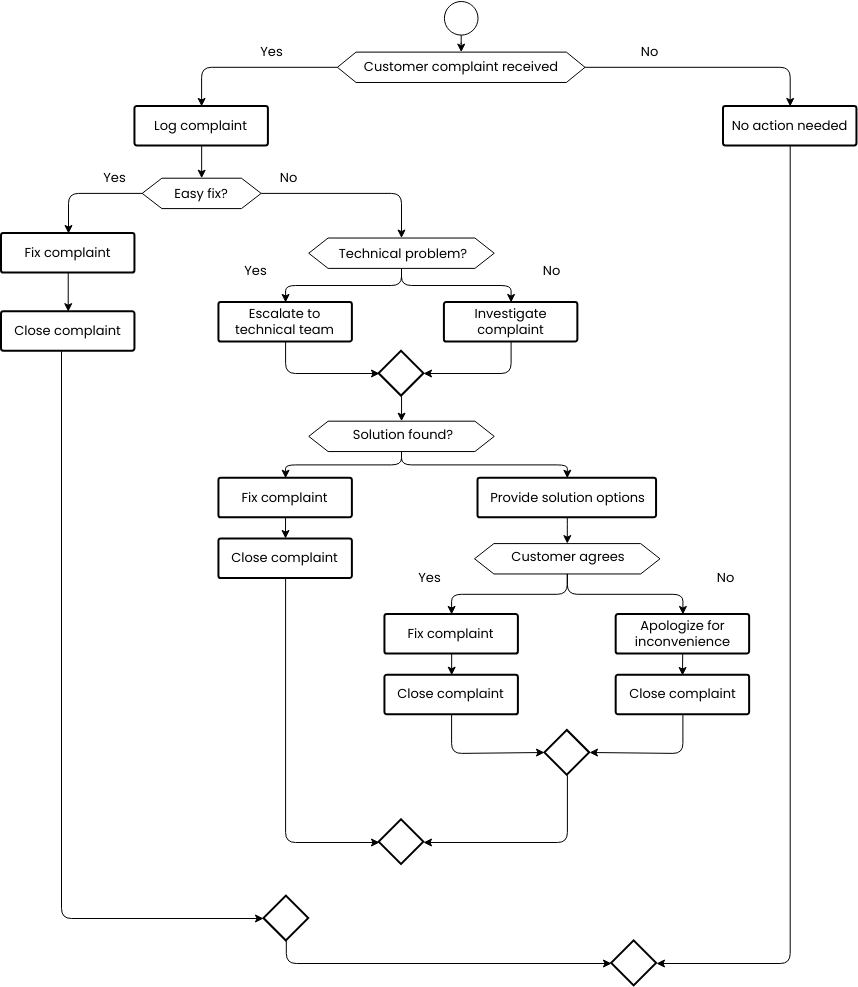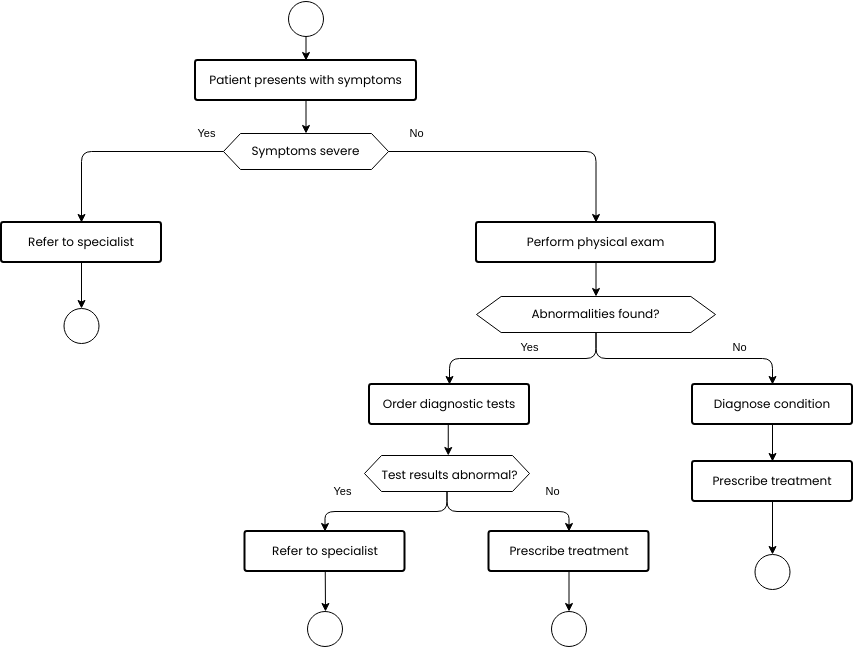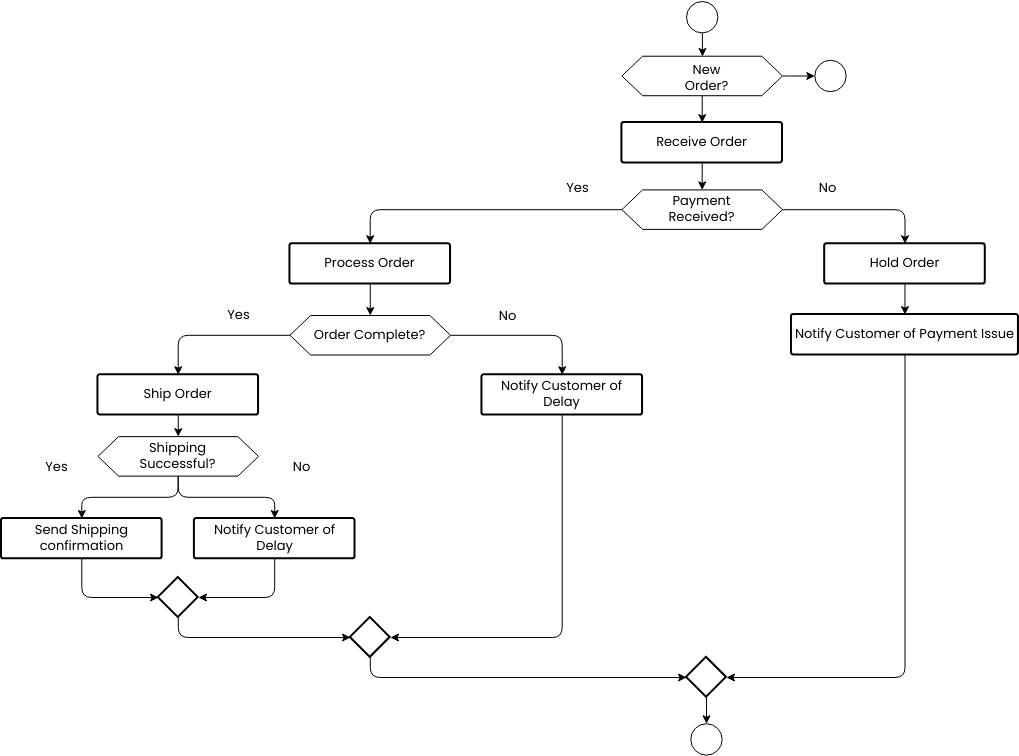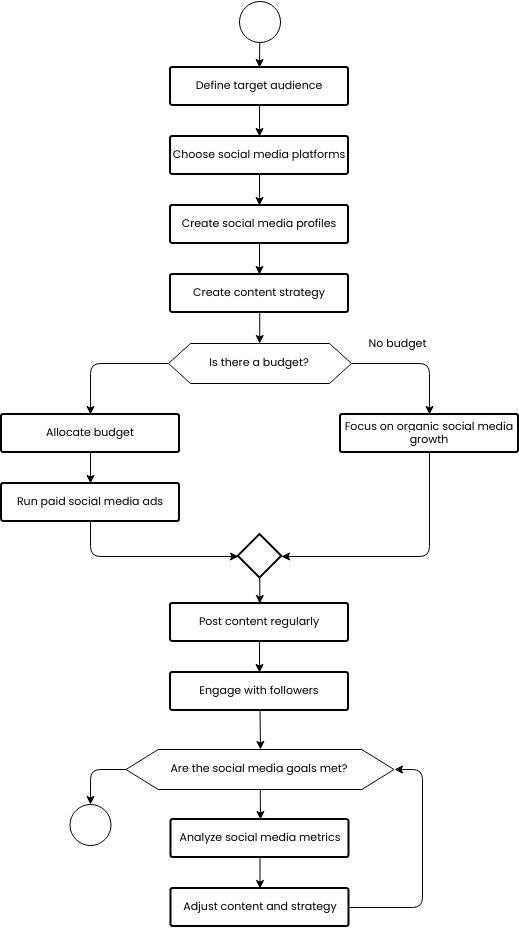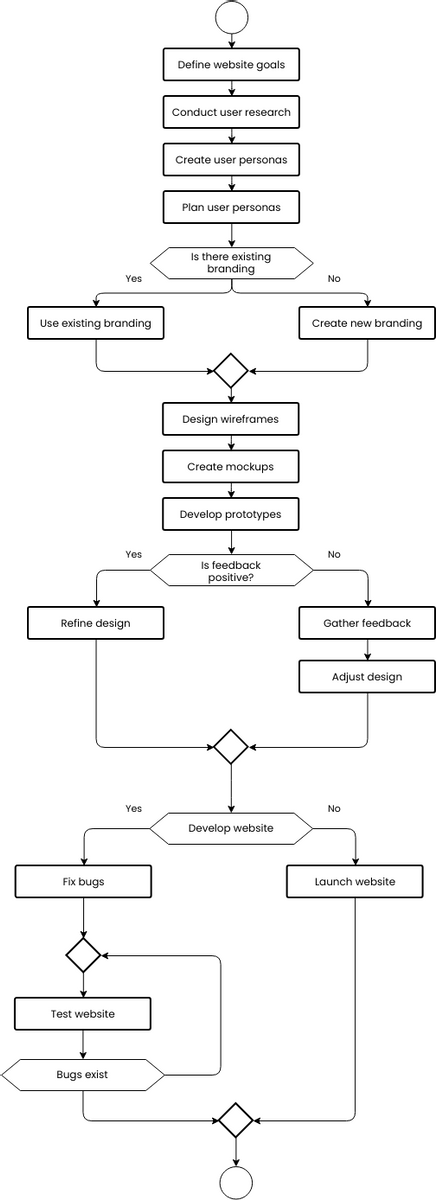In the restaurant service flowchart, there are eight distinct steps that outline the process of a customer dining in a restaurant. Beginning with entering the restaurant and concluding with enjoying the meal, these steps provide a framework for the entire dining experience. Each step involves different roles and responsibilities for both the customer and the restaurant staff. From reviewing the menu options to taking the order, preparing the food, serving the meal, and providing the bill, each step plays a vital role in ensuring a successful dining experience. By following this flowchart and executing each step with precision and attention to detail, restaurants can provide their customers with a pleasant and satisfying dining experience.
When a customer enters a restaurant, they are typically greeted by a host or hostess who guides them to an available table. Once the customer is seated, they are given a menu to review the restaurant's offerings. The customer will then decide what they would like to order and signal to the waiter or waitress that they are ready to place their order.
The waiter or waitress will take the customer's order and record it, either on a notepad or electronically. The kitchen staff will then receive the order and begin preparing the food. This may involve cooking, assembling, or plating various dishes. While the food is being prepared, the waiter or waitress may bring water or other drinks to the table, if requested.
Once the food is ready, the waiter or waitress will bring it to the table and serve it to the customer, along with any necessary condiments or utensils. The customer will then eat their meal and enjoy the dining experience. After finishing, they may request the bill and pay, or they may wait for the waiter or waitress to bring the bill to them.
In summary, the restaurant service flowchart involves several steps that work together to create a successful dining experience for the customer. From reviewing the menu options to taking the order, preparing the food, serving the meal, and providing the bill, each step plays a vital role in ensuring that the customer enjoys their meal. By following this flowchart and executing each step with precision and attention to detail, restaurants can provide their customers with a pleasant and satisfying dining experience.
Benefits of creating Restaurant service flowchart
In short, creating a restaurant service flowchart can improve the efficiency, consistency, and communication within a restaurant's operations. By having a defined process for each step, staff members can work more efficiently, provide consistent service, and communicate more effectively. A flowchart can also serve as a training tool for new staff members, leading to a better overall customer experience. Ultimately, a well-designed restaurant service flowchart can result in happier customers who are more likely to return and recommend the restaurant to others.
